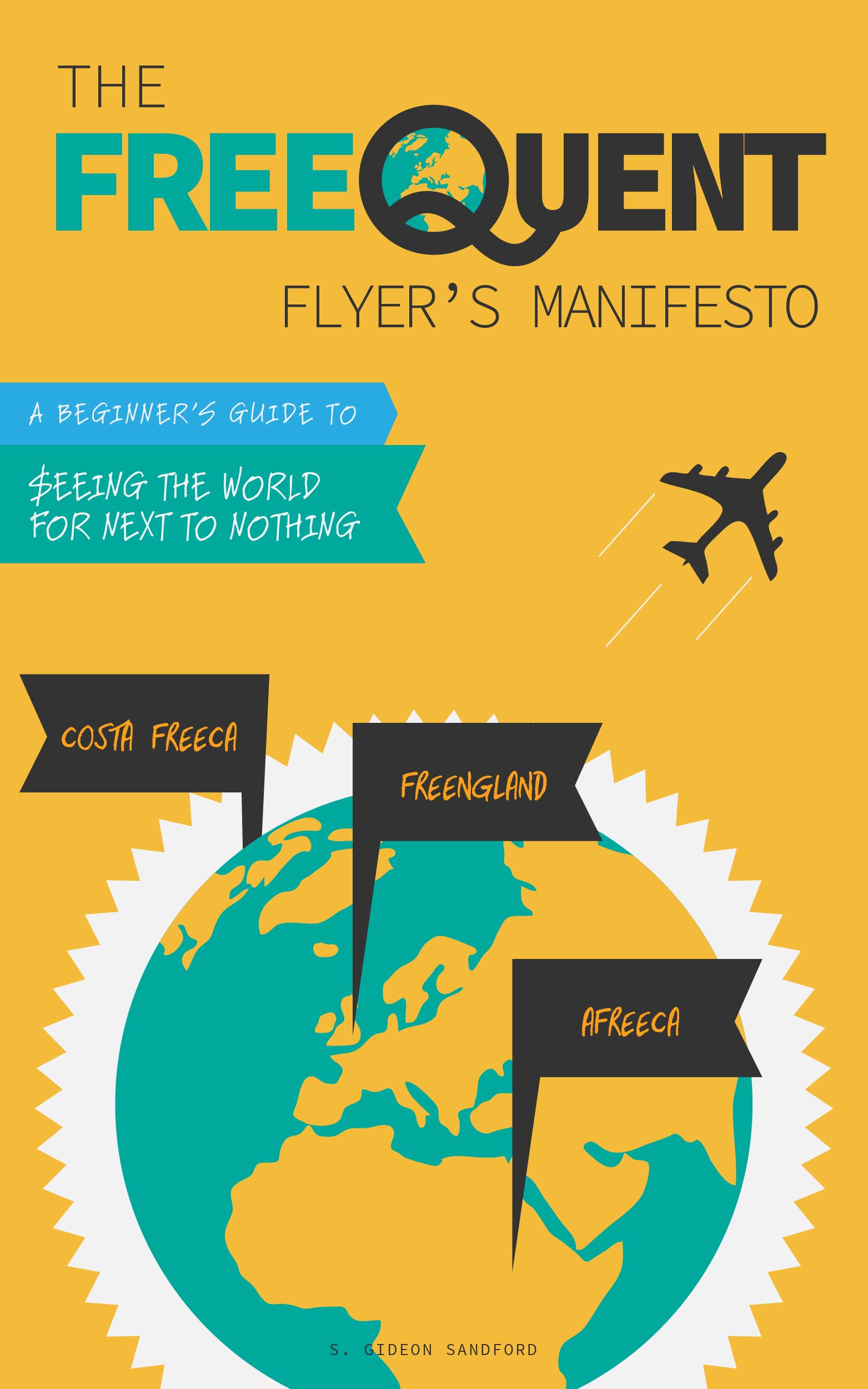American Express cards I'm thinking about
/Introduction
When I say that I don't chase signup bonuses, it sometimes gives readers the impression that I don't apply for new cards or that I don't think signup bonuses are a good deal. Nothing could be further from the truth!
If I need a new card, I'll apply for it, I'll call reconsideration lines, and I'll move credit around like anyone else hungry for approval. Likewise, if I'm planning to sign up for a card, I'll do my due diligence and hunt down the highest signup bonus available.
The difference, as I see it, come down to what cards I think I need. Since I earn the miles I redeem and redeem the miles I earn, I won't sign up for a new card just because it has a high signup bonus; I need to have a sense of where and when I'd redeem those miles. Otherwise, I might never redeem them and be left with a worthless novelty balance.
That being said, here are a few cards I'm currently thinking about adding to my collection.
Starwood Preferred Guest Business
I recently met the $50,000 spend threshold on my Platinum Delta SkyMiles Business American Express card, which makes the card all but useless for the rest of the calendar year. Last week I called American Express to ask which cards I was eligible to product change my card to, and was given two options: the Starwood Preferred Guest Business card, or the Blue for Business.
The latter product earns 1 non-flexible Membership Rewards point everywhere, which isn't very interesting, while the Starwood Preferred Guest card earns points that can be transferred to Delta, Alaska, or American (among others), in addition to booking Starwood hotel stays.
The main reason I'm interested in the Starwood card is for hotel stays. While Hilton is my primary hotel program because of their enormous footprint and the high bonused earning rate on the Hilton Surpass American Express, there are times when Hilton rooms aren't available or their properties are inconveniently located. At times like those, it's helpful to have points like Ultimate Rewards (for transfers to Hyatt) or Starpoints for booking alternatives.
On the one hand, requesting a product change to the Starwood Preferred Guest card would save me a hard credit pull and the risk of having my application denied. On the other hand, it would permanently cost me the 25,000 Starpoints I would earn if I applied for the card from scratch.
Ultimately, given the choice between canceling my Delta card, keeping it, or product changing to Starwood Preferred Guest, I'm leaning towards the product change, even if that means leaving 25,000 Starpoints on the table.
New "Old" Blue Cash
While my pre-devaluation "Old" Blue Cash card was closed by American Express in December, the "Old" Blue Cash card is still available, albeit in stunted form, and still earns up to $2,240 in annual cash back on purchases at supermarkets, gas stations, and drug stores. It's not as outrageously good a deal as it was before bonused earning was capped at $50,000 in yearly spend, but it's still low-hanging fruit, and I'm considering applying for another.
Amex EveryDay Preferred
While I'm not thrilled about the $95 annual fee, the EveryDay Preferred earns 4.5 Membership Rewards points per dollar spent at grocery stores (on up to $6,000 in spend) and 3 Membership Rewards points per dollar spent at gas stations (uncapped) when you make 30 purchases during your statement cycle.
I don't find Membership Rewards points to be particularly valuable, but this card would be a highly efficient method of earning Delta SkyMiles compared to my Delta Platinum Business American Express, and with a much lower annual fee. Delta is my primary airline program for domestic travel, so being able to earn those miles faster means paying less for the redemptions I already know I'm going to make.
The tradeoff, assuming I product change my Delta card to a Starwood card, would be giving up the opportunity to earn 20,000 Medallion Qualifying Miles per year through credit card spend.
However, I've already secured Silver Medallion status for 2016, and I don't trust Delta enough to pay a $195 annual fee purely in the hope that the SkyMiles program will retain value in 2017 and beyond.
Conclusion
When thinking about my credit card applications, as you can see above, signup bonuses play virtually no role in deciding whether to apply. If the Amex EveryDay Preferred is worth getting, it's worth getting in order to manufacture spend on the card year-round, not because its signup bonus was temporarily raised to 30,000 Membership Rewards points.
Likewise, for the convenience of a product change (keeping the same account number, avoiding a credit pull, etc.) I'll go so far as to permanently give up the chance to earn a 25,000 Starpoint signup bonus, because I believe the card is worth spending money on year-round, not just in order to trigger a one-time payday.


